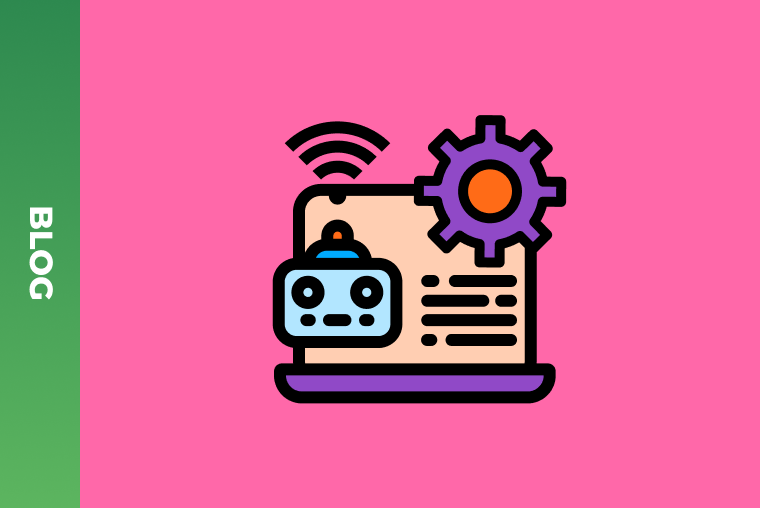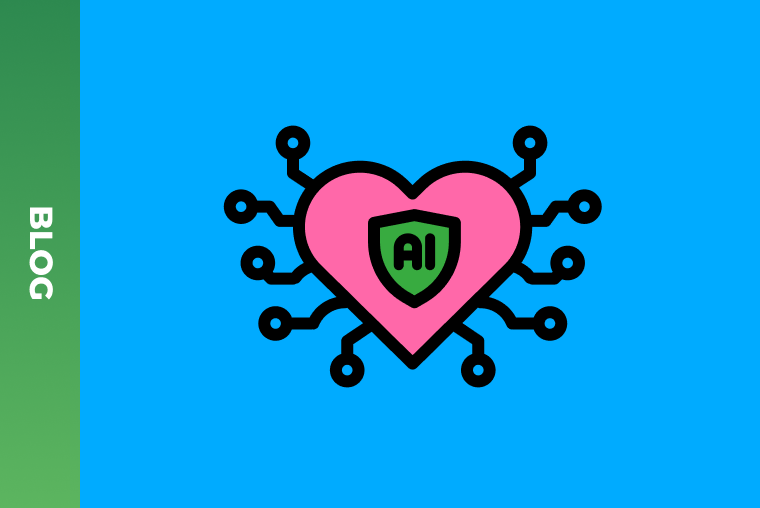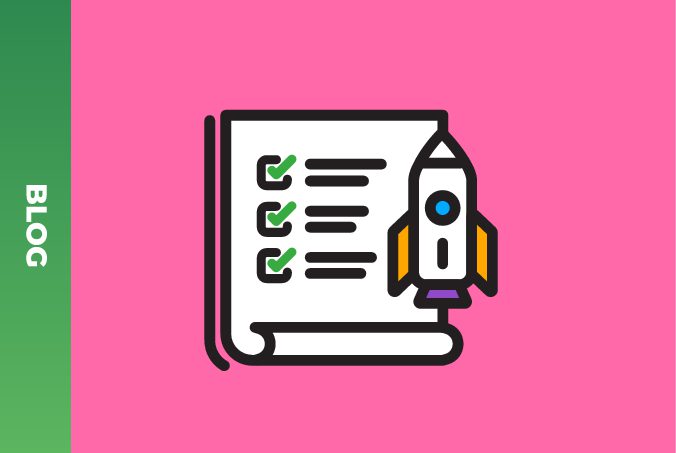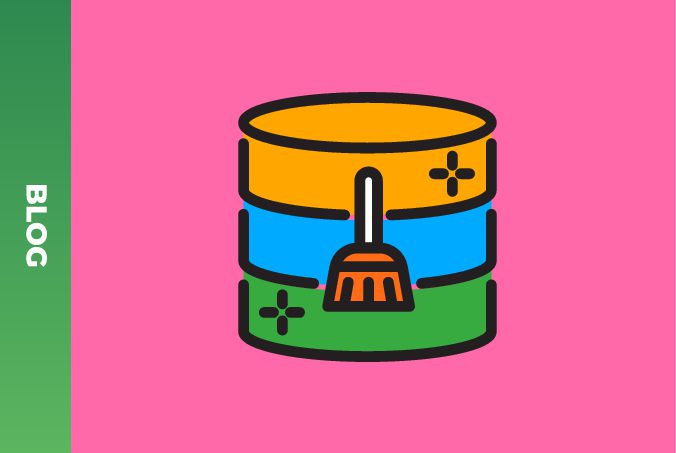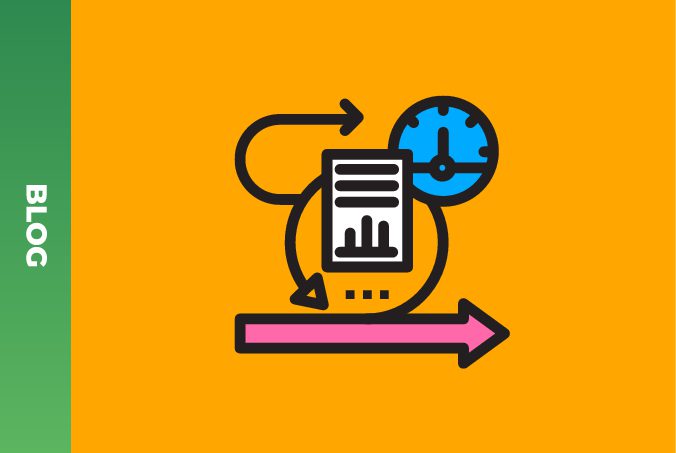Interoperability in Healthcare: Capabilities, Trends, and Comparison of EHR Providers

Have you ever faced challenges in achieving interoperability of health IT systems? This topic is one of the most relevant both for us and for our partners, who are forced to integrate with a large number of systems at a deep level. In this post, we discuss the business aspects of health IT interoperability and then look at the capabilities of top electronic health record (EHR) systems.
Now that COVID-19 has brought a unique and unprecedented challenge to the healthcare industry. the ability for various healthcare information technology to exchange, interpret and use data cohesively is more important than ever. Moreover, the surge in coronavirus patients has made it difficult for all healthcare stakeholders to manage and access patient data.
At the same time, the healthcare IT sector has seen its infrastructure tested during these difficult times. Many of the current EHR and EMR software solutions are not designed to communicate with each other, other health IT modules and third-party apps. This has led to cases such as delays in notifying infection preventionists (IPs) of confirmed or suspected cases during facility-to-facility transfer. As a result, the immediate implementation of isolation procedures is hindered, putting healthcare providers and other patients at risk of exposure.
These challenges might be avoided if healthcare providers had access to advanced EHRs that allowed for more reliable and interoperable data workflows. It’s no wonder the question of whether EHR systems can cope with a pandemic has been resonating during health conferences and meetings of CIOs for a while now. And this is not even taking into consideration a number of laws, decrees, and policies that have already been passed or should be adopted in the next few years by policymakers in the US, the EU, and elsewhere.
EHR vendors are stepping up to provide healthcare professionals and other stakeholders with the tools necessary to deal with COVID-19:
- Software to monitor and spot COVID-19 patients as well as to share travel screening documentation and infection statuses
- New health IT modules and new ways to integrate with other health IT ecosystem members in light of a greater reliance on telemedicine, whose smooth functionality heavily relies on data workflows and interoperability of health information
- Augmentations to current systems for smoother operations to cope with the crisis, notably the development of cutting-edge integrated care technology such as patient portals that facilitate e-visits and aid in COVID-19 screenings
- EHR as a value-based service, which is becoming a promising trend for IT companies
This is far from the end of the journey. Any lack of interoperability between individual electronic health record vendors makes it difficult to share important patient data. And failure by providers to immediately access patient data can have fatal consequences.
Why are data workflows becoming even more important?
The pandemic has exposed existing challenges within data workflows. For instance, it has placed a greater burden on healthcare providers globally due to new administrative requirements, which has resulted in burnout among healthcare workers.
Additionally, there are two major factors that reinforce the ever-growing importance of data workflows.
- Healthcare providers realize that the efficiency of processes is critical to the survival of high-performance organizations. One of the consequences of this is that now doctors can exchange and sign their patients’ documents in real time without physical interaction.
- The facilitation and automation of data workflows can transform productivity and the overall patient experience. Automatic transfer of patient data will save clinicians the tedious task of re-entering the similar details. This is especially significant during screening of COVID-19 patients, where the same information is required from each patient.
Well-architected data workflows have a huge bearing on a health facility’s efficiency, enabling the facility to provide top-notch care and make service delivery profitable. Obviously, organizations improving their data workflows will have to go through the initial cost implications of optimizing interoperable EMR-EHR systems. However, the long-term goals and results make it a justifiable investment that healthcare management cannot overlook.
This investment will eventually add up to timely access to quality healthcare services, which is a great boost to an organization’s reputation. In turn, this will increase trust both in the HC industry as a whole and in the health IT companies that provide the software.
Why should health IT leaders keep an eye on the evolution of EHR systems?
Integrations between EHR systems, their modules, and different types of healthcare apps became more prevalent in 2020 due to the coronavirus and the need to comply with legislative initiatives (such as ONC’s Cures Act Final Rule in the US). Software integration continues to be an important industry task.
According to Kaiser Health News in an article published on Business Insider, tech giants like Google, Apple, Microsoft, and Amazon are competing to capitalize on consumers’ increasing demand for easier access to electronic health records. This demand for a freer exchange of patient data has led Kaiser to forecast a $38 billion valuation of the electronic health record market by 2025.
It is important for health IT companies to be involved with the FHIR, HL7 v2, HL7 v3, and other frameworks for health data exchange. This will ultimately pave the way for even more profitable uses of data for public health, medical genetics, personalized medicine, artificial intelligence, and machine learning.
In addition, health industry alliances like DirectTrust, CommonWell, and Carequality help providers communicate and share patient data more effectively.
Interoperability capabilities in the top 8 EMR software solutions in the US
Let’s move to the technical side. Below, we explore the eight largest EHR vendors by overall market share, focusing on integration technologies and exchange networks as well as the availability of their own marketplaces for integrations with other vendors. There are many more software solutions in other areas such as pharmaceuticals, drugs, and medical devices. We will cover those at some other time.
The top market shareholders not only support a wide range of industry standards (HL7 v2, HL7 v3, FHIR, DICOM, X12) but also provide extensive documentation and support for vendors.
HL7 v2 and v3 are still big. Half of the vendors on our list support them. And it’s not surprising, as these standards have been proven over time and in various use cases across the healthcare IT ecosystem. Although these standards do have their downsides (infrastructure overhead is definitely one of them), they’re still a good fit for use cases that require real-time streams of CCDA records.
At the same time, HL7 FHIR and its extension SMART on HL7 FHIR are seen by EHR vendors as the future of interoperability. FHIR combines the power of REST APIs, which are already a standard in non-healthcare IT, with the standardization capabilities of the HL7 organization and community. Custom-built web APIs are either an exception (AthenaHealth) or complement HL7 FHIR implementations with non-standard workflows (EPIC).
Another mainstream trend is seamless integrations of EHRs with solution providers’ ecosystems. Five out of eight EHR systems on our list have some sort of app marketplace where solution providers can register and publish their solutions based on EHR APIs.
Participation in networks like Carequality and CommonWell is a trend that’s been developing over the past few years. Initially separate networks, Carequality and CommonWell signed an interoperability agreement in 2016 and disrupted cross-EHR interoperability nationwide. Being part of such a network is definitely a plus for an EHR from the healthcare system’s or provider’s side.
Despite the good news that top EHR vendors are investing heavily in interoperability and the rise of the HL7 FHIR protocol, inconsistencies between interoperability protocols provided by EHRs still remain:
- While being a standard, HL7 FHIR is flexible and provides a lot of room for custom extensions that can vary from EHR to EHR.
- Data provided through HL7 FHIR might have various refresh times, so depending on consumer use cases, even if an HL7 FHIR implementation is identical, migration from one EHR to another with different data refresh intervals might be a challenge.
- The top eight vendors mentioned here represent only a small part of the EHRs in use nationwide. Smaller EHRs are not as developed in terms of interoperability as the top eight.
This is where projects like 1upHealth and HumanAPI come into play. These systems try to solve challenges 1 and 3. If a set of EHRs supported by these systems is what you need, your use case allows you to refresh data once a day, and you want to save time and money, you can choose to implement one integration with one of these adapter systems instead of implementing multiple EHR-specific integrations.
Below is a table comparing the top eight EHR vendors by standards for exchanging healthcare information, membership in health data sharing networks, and app marketplaces.
Comparison table
| EHR System | Direct integrations | Data Exchange Network | Vendor integrations |
|---|---|---|---|
| EPIC | HL7 2 & 3 HL7 FHIR REST Web Services | Carequality DirectTrust | App Orchard |
| eClinicalWorks | HL7 2 & 3 HL7 FHIR X12, DICOM USPS | Carequality CommonWell DirectTrust | – |
| AllScripts | HL7 FHIRSMART on HL7 FHIR | Carequality | Application Store |
| PracticeFusion | All interactions on request LAB API Billing API Imaging API | – | – |
| NextGen | HL7 FHIR | Carequality DirectTrust | API Marketplace |
| Cerner | HL7 FHIR SMART on HL7 FHIR | Carequality Common WellDirectTrust | App Gallery |
| Athena Health | HL7 2 & 3 IHE Athena REST API X12 | Carequality CommonWel lDirectTrust | Athena Marketplace |
| GE Healthcare | HL7 2 & 3 DICOM IHE CARESCAPE and CARESCAPE+ Gateway for seamless integration with clinical devices and monitoring | Carequality | – |
Conclusion
The ever increasing level of interoperability of EHR systems is driving the development of the entire HC industry. A freer exchange of PHI would help grow the financial indicators of the EHR market. At the same time, the COVID-19 pandemic has forced all stakeholders to revise and improve data workflows in an incredibly tight time frame — a process that will continue in the coming years.
From a tech point of view, we can clearly see a trend toward cross-EHR integrations using networks like Carequality and CommonWell. Additionally, HL7 FHIR is becoming a mainstream integration technology. Custom-built web APIs are either an exception (AthenaHealth) or complement HL7 FHIR implementations with non-standard workflows (EPIC).
We briefly mentioned the legal aspect, which is another game-changer for the entire healthcare ecosystem. We will talk about it in one of our next posts.
Learn more about our healthcare data expertise.
Want to stay in the loop? Subscribe to GreenM Health Tech Digest and get top 5 handpicked industry insights, cases and business recommendations in your inbox every two weeks. Hit the SUBSCRIBE button below to learn about digital health with our newsletter or read more news here!
WANT TO ENHANCE OPERATIONAL EFFICIENCY AND COMPLIANCE?
Learn how to build a system that can handle a large number of data pipeline tasks, with minimum number of delays and issues.
References:
National Center for Biotechnology Information, U.S. National Library of Medicine, The electronic medical record and COVID-19: Is it up to the challenge?
Office of the National Coordinator for Health Information Technology, 21st Century Cures Act
Market Research Future, Covid-19 impact analysis on the EHR-EMR Market
Insider Inc., Tech giants like Apple and Google are competing to make it easier for you to get your health records, and it could be a $38 billion market
Becker’s Healthcare, The root causes of physician burnout and practical options for addressing them
HealthcareITSkills, Top EHR Vendors 2020 – Epic, Cerner, Meditech, Allscripts, Athenahealth

